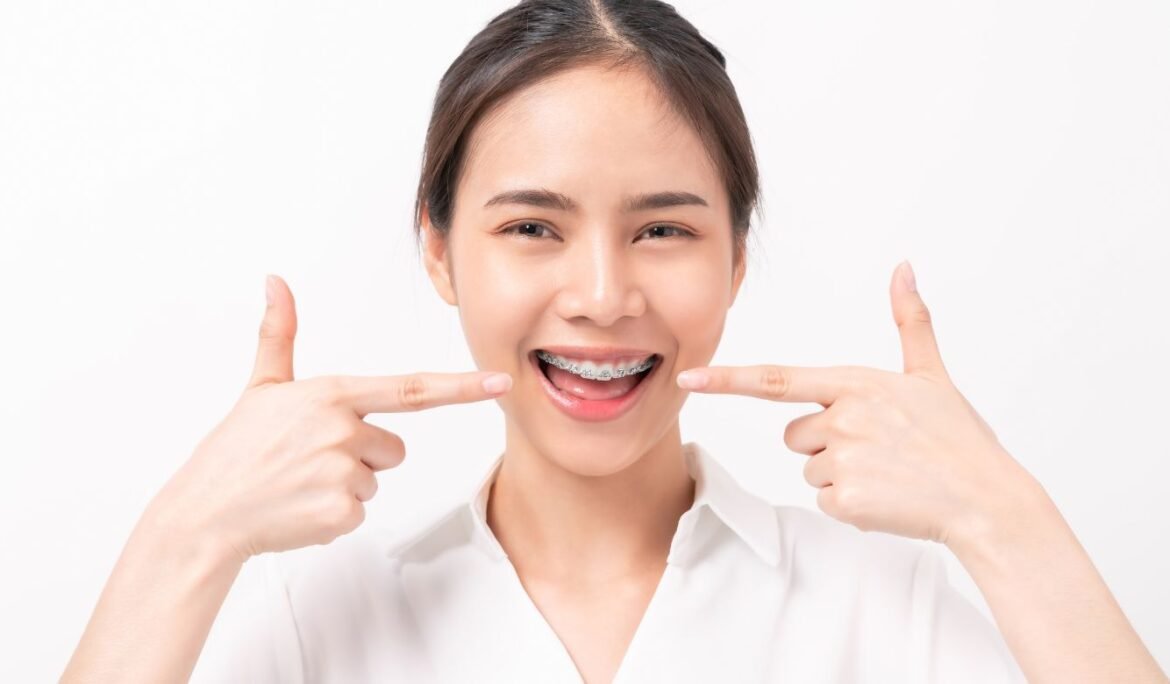Braces vs. Invisalign: Choosing the Right Orthodontic Treatment for You
Embarking on the journey to straighten your teeth is an exciting step towards achieving a confident, radiant smile. However, with various orthodontic treatment options available, such as traditional braces and Invisalign aligners, choosing the right option for your needs can feel overwhelming. In this blog post, we’ll explore the differences between braces and Invisalign, helping you make an informed decision about which treatment is best suited for you.
Traditional Braces: Tried and True
For decades, traditional braces have been the go-to option for straightening teeth and correcting bite issues. Comprised of metal brackets affixed to the teeth and connected by wires, braces gradually apply gentle pressure to shift teeth into their desired positions. While braces are highly effective at treating even the most complex orthodontic issues, they do come with some drawbacks, including:
- Visibility: Metal braces are conspicuous and may impact your self-confidence, especially for individuals concerned about their appearance during treatment.
- Dietary restrictions: Certain foods, such as sticky candies and hard nuts, can damage braces and prolong treatment time, requiring dietary adjustments.
- Oral hygiene challenges: Proper oral hygiene becomes crucial with braces, as food particles can easily become trapped around brackets and wires, leading to plaque buildup and potential tooth decay.
Invisalign: The Clear Choice
Invisalign revolutionized the field of orthodontics by introducing a discreet, removable alternative to traditional braces. Invisalign utilizes a series of clear, custom-made aligners that fit snugly over the teeth, gradually shifting them into alignment. This innovative treatment offers several advantages over traditional braces, including:
- Aesthetics: Invisalign aligners are virtually invisible, allowing you to straighten your teeth discreetly without drawing attention to your treatment.
- Removability: Unlike braces, Invisalign aligners can be removed for eating, drinking, brushing, and flossing, providing greater convenience and flexibility.
- Comfort: Made from smooth, BPA-free plastic, Invisalign aligners are more comfortable to wear than traditional braces, with no metal wires or brackets to cause irritation to the mouth and gums.
- No dietary restrictions: Since Invisalign aligners are removable, you can enjoy all your favorite foods without worrying about damaging your orthodontic appliance.
Choosing the Right Treatment for You
When deciding between braces and Invisalign, it’s essential to consider your unique orthodontic needs, lifestyle preferences, and treatment goals. While both options offer effective solutions for straightening teeth and correcting bite issues, the best choice for you will depend on factors such as the severity of your case, your aesthetic preferences, and your commitment to oral hygiene.
Ultimately, consulting with an experienced orthodontist is the first step towards determining the most suitable treatment option for your smile. Your orthodontist will assess your oral health, discuss your treatment objectives, and recommend the best course of action to achieve your desired results.
Whether you opt for traditional braces or Invisalign, one thing is certain – investing in orthodontic treatment is an investment in your oral health, confidence, and overall well-being. With the guidance of a skilled orthodontist and the right treatment plan in place, you’ll be well on your way to achieving the straight, beautiful smile you’ve always dreamed of.













